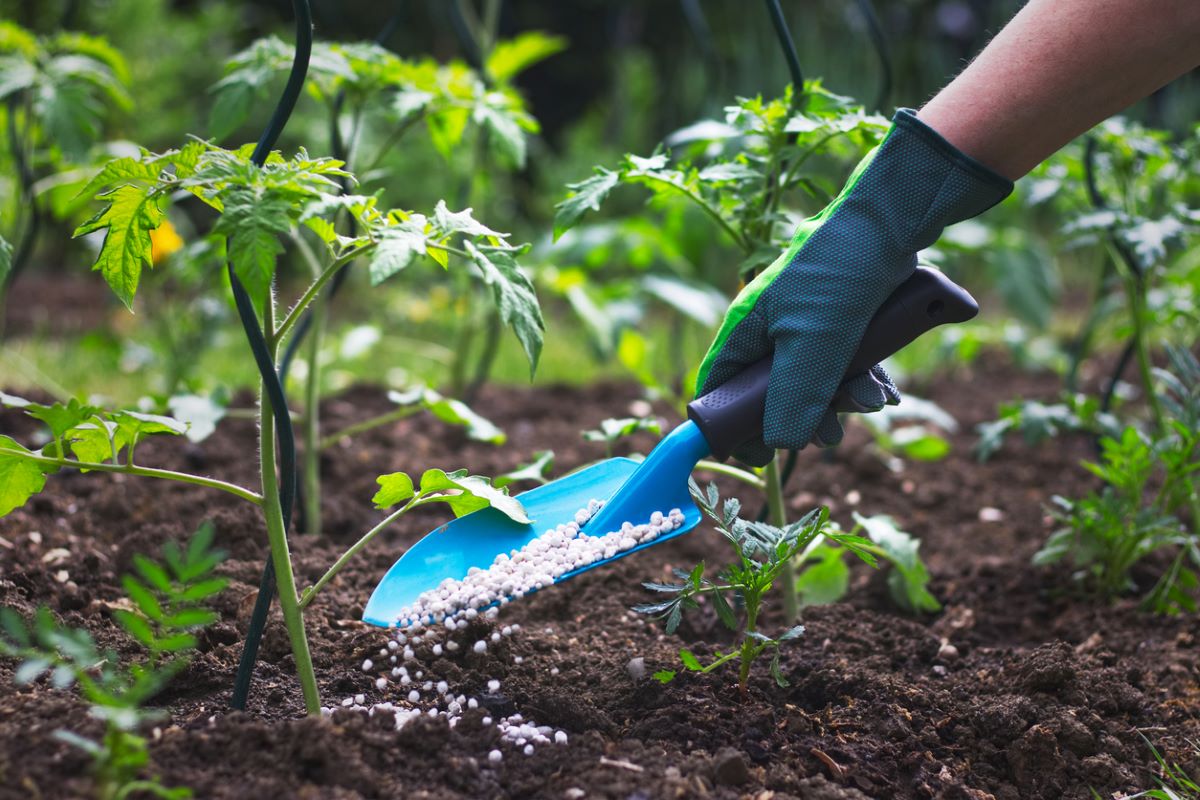Area sown under rabi crops increases to 558.8 lakh hectares
The area covered under wheat has increased to 293.11 lakh hectares (ha) compared to 284.17 lakh ha during the corresponding period of last year.
Studies indicate that soil in tropical regions has a poorer Carbon retention as compared to the temperate region. Stubble burning, scientifically, adds to this carbon content, but results in increased air pollution in the atmosphere.

representational image (iStock photo)
Global food productivity gradually diminishes on account of deteriorating soil quality, climate change impacts such as acidification, desertification, and generational use of harmful chemical pesticides and insecticides. There is an eminent need for research and innovation in sustainable, scalable and economically viable farming techniques.
Biochar in this context presents itself as a unique, organic opportunity which can also reduce the malice of stubble burning and its multifarious impacts on public health. While every gardening enthusiast is aware of the need for NPK (Nitrogen, Phosphorous, Potassium) fertilizer, another important element imperative for farming is Carbon. Carbon increases soil fertility of acidic soil and its agricultural productivity and protects the soil against some foliar and soil borne diseases like collar disease and root rot.
Advertisement
Studies indicate that soil in tropical regions has a poorer Carbon retention as compared to the temperate region. Stubble burning, scientifically, adds to this carbon content, but results in increased air pollution in the atmosphere. Biochar is a rich in carbon, fine grained residue obtained by pyrolysis of biomass. A stroll on the streets of our country can acquaint us to a wide variety of biomass. Typically, biomass includes plant and agricultural residues like straw, husk, peels, bagasse etc, or animal waste. This biomass is then subject to a process called Pyrolysis which involves direct thermal decomposition or baking in low or absence of oxygen.
Advertisement
The biomass is subjected to large amount of heat, depending on the type of biomass. The temperature could be as high as 500 degree Celsius. First evaporation occurs and the water is lost from the biomass. Then the volatile compounds escape due to the high temperature leaving behind a black porous solid, rich in carbon. Pyrolysis retains more than 50 per cent of the carbon of the initial biomass whereas typical stubble burning method retains less than 2 per cent of the carbon. Other residue left behind is a brown coloured liquid called bio oil and syngas. Both these serve as clean replacements to fossil fuels. Bio oil can be directly used as a fuel in boilers or treated and used to produce bulk chemicals – alkanes, lignin, cellulose, hemicellulose etc, which are otherwise typically extracted from crude oil or natural gas.
Syngas, a mixture of carbon monoxide and hydrogen, can be used during the production of synthetic diesel. Biomass is rich in macro nutrients like nitrogen, phosphorous, calcium etc. These nutrients are usually carried into biochar based on the conditions used during the pyrolysis process. For example, in spite of the combustion, biochar samples typically contains 21 to 370 mg kg dw-1 of Nitrogen. When biochar is mixed into the soil, it increases its alkalinity (increases the pH). This increases the nitrification (conversion of nitrogen to nitrates, plants are only able to absorb nitrogen in the nitrate form).
Biochar further gains from its porous nature, which gives it two very distinct utilities: (1) Carbon sequestration i.e. absorption of carbon from the atmosphere: the pores increase the surface area thereby allowing it absorb more carbon through its surface and (2) Colonization of various bacteria and fungi: Bacteria called diazotrophs and a few species of Fungi are able to colonise. Bacteria increases the nitrates content in the soil and fungi aids in disease management. Biochar further directly increases the phosphorous content by increasing the cationic and anionic activity of the soil.
In all, biochar not just presents itself as a substitute for stubble burning which can help cut down on the negative impacts of such activity, it qualitatively benefits the soil quality, increases the crop productivity and gives valuable by-products in its manufacturing cycle. The challenge, however, with the production, usage and supply chain management of biochar remains the cost competitiveness of the product. Central and State Governments need to reallocate resources, to make it available to its immediate consumers.
An acre of land needs about 4 to 4.5 tonnes of Biochar yearly and in today’s market costs Rs 18 per kg. This totals up to an annual investment of Rs 75,000 for an average Indian farmer who owns about an acre of land. Perhaps, what is required is a trifecta of subsidies, awareness programmes and an innovative machinery from the technical sector so that it could be produced by the consumers directly.
(The writers are with the Jindal School of Environment and Sustainability,
O P Jindal University, Sonepat)
Advertisement